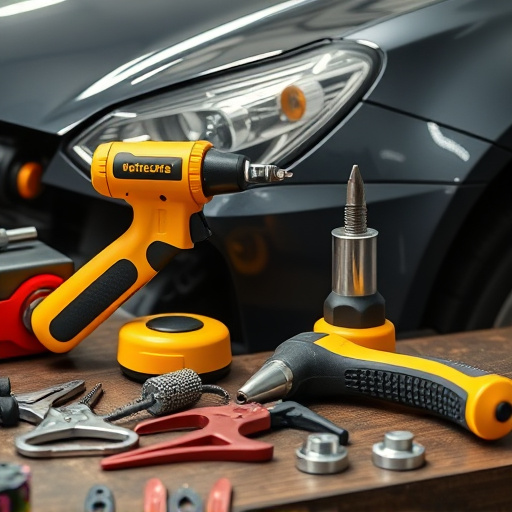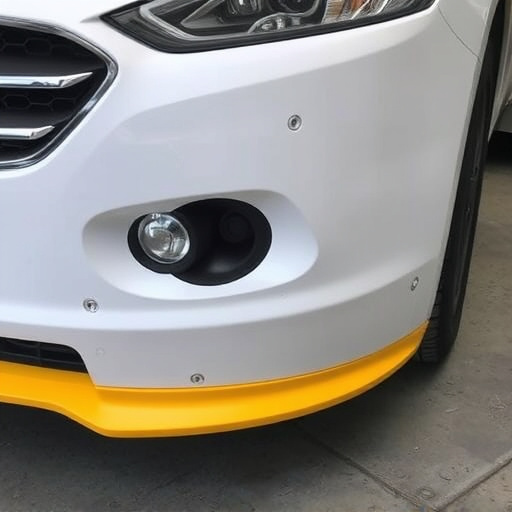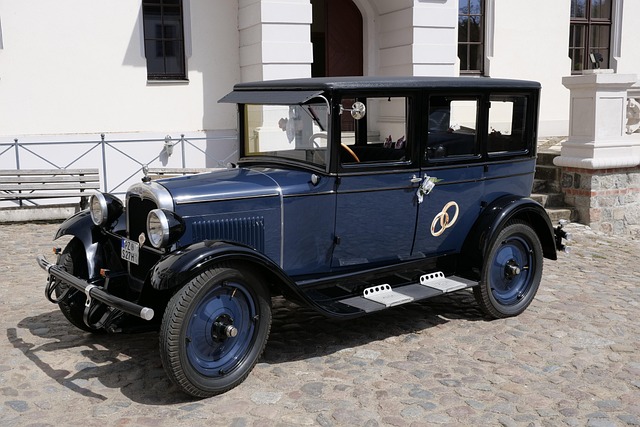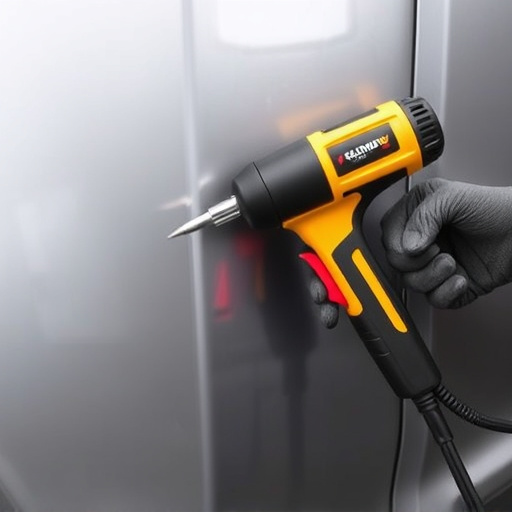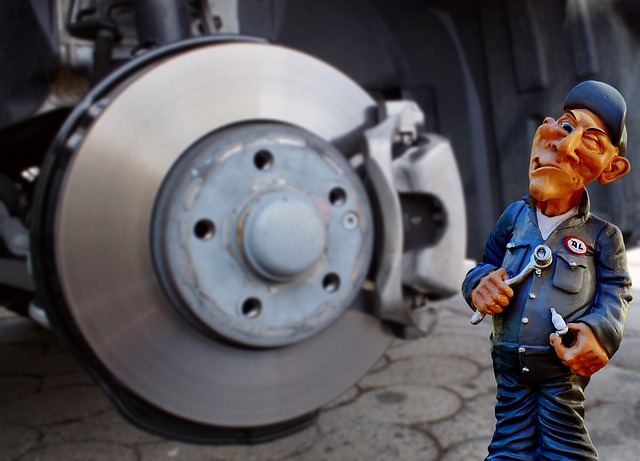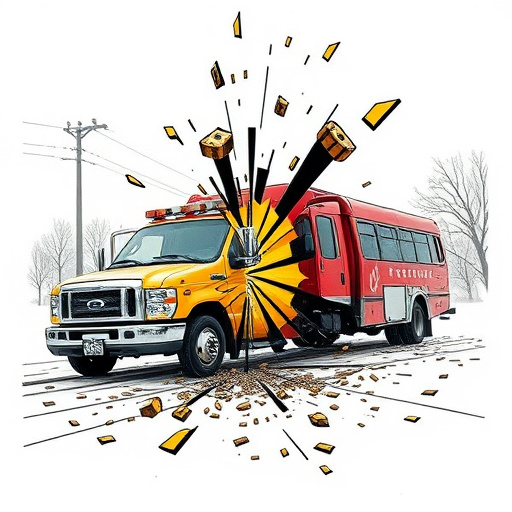The paint repair cost for commercial vehicles is influenced by several factors, including repair complexity, damaged area size, original paint type, and market paint prices. Minor touch-ups are less expensive, while extensive repainting due to severe damages like rust or deep dents is significantly more costly. Businesses managing commercial vehicles should consider the type of paint (industrial vs. standard automotive) and specialized body materials, as these impact labor costs. Proper budgeting, accounting for these variables, ensures optimal value for paint repair cost.
The cost of paint repair for commercial vehicles, including trucks and vans, can vary significantly based on several factors. Understanding these variables is key to budgeting effectively. This article delves into the influencing elements behind paint repair costs in the commercial sector, from the extent of damage to vehicle material types and repair locations. We also explore options like DIY versus professional services, custom painting versus color matching, and the overhead costs at repair shops. Additionally, practical tips on budgeting, estimation techniques, insurance coverage, and negotiating prices with repair shops are provided to help you navigate paint repair expenses for your commercial fleet.
- Factors Influencing Paint Repair Cost for Commercial Vehicles
- – Extent of damage
- – Type of paint and vehicle material
Factors Influencing Paint Repair Cost for Commercial Vehicles
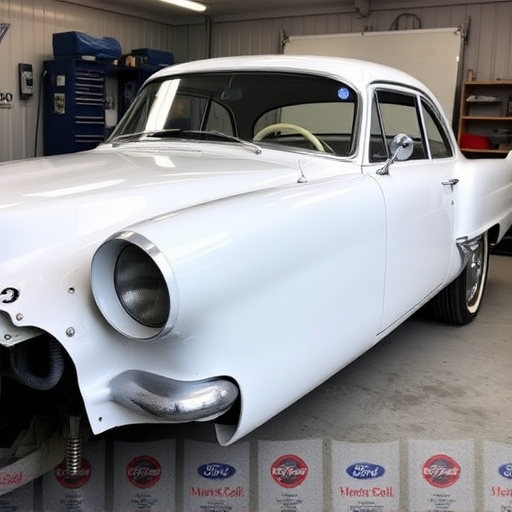
The paint repair cost for commercial vehicles can vary greatly due to several factors that come into play when restoring a damaged truck or van. One of the primary influences is the extent and complexity of the repairs required. Simple touch-ups are naturally less expensive than extensive repainting, which involves sanding, priming, and applying multiple coats of paint. The size and accessibility of the damaged area also matter; repairs on larger vehicle bodies typically cost more due to higher material and labor requirements.
Another factor is the type of paint used originally and the current market prices for replacement paints. High-quality or specialized paints, like those used in Mercedes-Benz repair, often come with premium pricing. Additionally, auto maintenance facilities may charge different rates based on their location, experience levels of technicians, and whether they specialize in specific brands or types of vehicles, such as commercial fleet management.
– Extent of damage
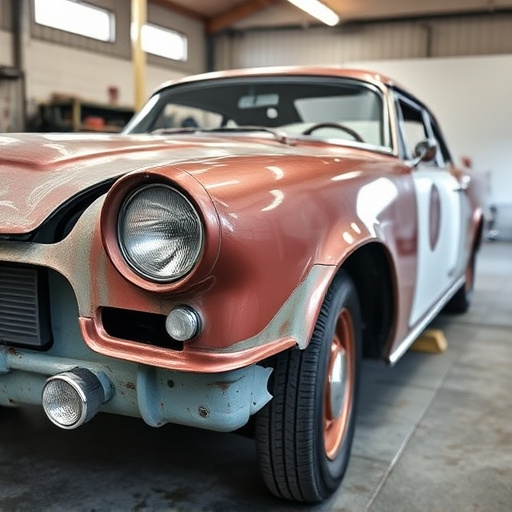
The cost of paint repair for commercial vehicles and trucks can vary greatly depending on the extent of the damage. Minor scratches or dents might only require a simple touch-up, which is typically less expensive than replacing entire sections of damaged paint. This kind of auto body restoration can often be done quickly by experienced technicians, using advanced techniques like spot painting or patch repair to match the original finish precisely.
For more severe damages, such as large rust spots, deep dents, or extensive paint peeling, a complete repaint might be necessary. These cases involve extensive car damage repair and usually require more time and labor. The cost of auto painting for commercial vehicles in these scenarios can significantly increase due to the need for specialized equipment, materials, and expert skills to ensure a flawless finish that matches the vehicle’s original paint job.
– Type of paint and vehicle material
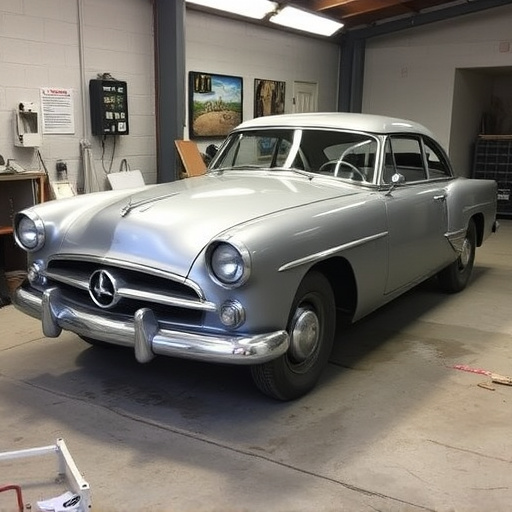
When it comes to commercial vehicles and trucks, understanding the paint repair cost is essential for businesses aiming to maintain their fleet efficiently. The type of paint used plays a significant role in determining the repair expenses. Typically, commercial vehicles utilize durable industrial paints designed to withstand harsh conditions, such as high-traffic areas and exposure to various weather elements. These paints are often formulated with stronger bonds, making them more expensive to repair compared to standard automotive paints.
The material of the vehicle’s body also influences the paint repair cost. Commercial trucks, for instance, may have specialized metal or composite panels that require specific repair techniques. Unlike regular cars with traditional steel bodies, these materials can be more challenging and costly to work with during the auto bodywork process, impacting the overall price of repairs. As a result, businesses should factor in these variables when budgeting for paint repairs to ensure they receive the best value for their investment.
When it comes to repairing the paint on commercial vehicles and trucks, several factors determine the overall cost. The extent of damage is a primary concern, with more extensive repairs naturally incurring higher expenses. Additionally, the type of paint and vehicle material plays a significant role in the price quote. Understanding these variables can help business owners plan and budget effectively for essential maintenance to keep their fleets in top condition.

